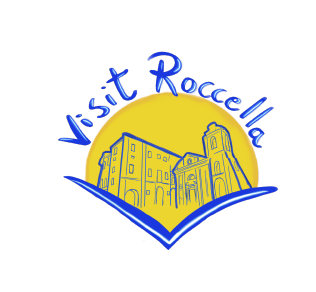translated with the AI
The Congiusta family, owners of the olive mill on Via Garibaldi, is one of the oldest in Roccella. The earliest records date back to the mid-1600s. The most authoritative figure in this prominent family in the early 1700s was the steward Antonio Congiusta, who originated one of the most substantial branches of the Roccella Congiusta family. Steward Antonio, deeply religious, left a will to have a mass celebrated for him every Saturday at the Altar of the Immaculate Conception of the Mother Church at the Castle, a mass conducted by the Reverend Clergy, for 150 ducats. Additionally, 5 carlins were allocated for the burial of his body in the new tomb for his family with the surname Congiusta in the Church of the Immaculate Conception (now S. Giuseppe): this tomb was renovated by the steward Antonio’s namesake and nephew. In the debt declaration of 1742, he appears as the major declarant of ounces to be taxed. Antonio Congiusta was the quintessential steward, owning animals and vast properties in all the districts of Roccella, hence subject to higher taxation. It is noteworthy that this family, throughout history, has established relationships with the most influential families of their time: Furfaro, Bova, Minici, Cartolano, Asciutti, Tassone, Bottari, Politi, Leone, etc.
It was also an obligation for this affluent family to enroll their children in ecclesiastical and university studies; in fact, several priests belonged to the Congiusta family: one in particular, D. Domenico Congiusta, son of Nicola, who lived like his ancestors in the Ciaramidio district. He held the position of Parish Priest of the Parish Church of S. Nicola ex Aleph.
The ritual of installation and taking possession of the Church by the new Parish Priest under the supervision of the Vicar Foraneo was singular and detailed, in our case the Priest D. Domenico Coluccio di Roccella, who presented the Episcopal bull of installation, “… and taking possession of the Church, having him ascend the main altar, open and close the Tabernacle, then arrange the flowers and candlesticks on said altar, then move to the Baptismal Font, open and close the same dressed in Acchillo, and priestly biretta, open and lock the door of said Church …”: it was August 17, 1820, present among others, also the notary Gabriele Cianflone who drew up the ritual report.
Another prominent figure of the mentioned family was Doctor D. Domenico Congiusta di Vittorio, who also served for several years as the appointed physician providing medical services to the poor citizens of the Municipality of Roccella, for which he was salaried. D. Domenico Congiusta built the palace in 1846 next to the Church of the Pignatelli: this structure stands out among other “bassi”, constructions for the tenants and workers who cultivated their solid properties. Certainly, the olive mill was essential for their needs, still located along Via Garibaldi.
In ancient times, it was an animal-powered olive mill which, with the advent of electricity, was modernized with the application of motors in all its operations. Its activity ceased with the decline of the olive-growing activity of the family and due to the strong emigration of the 1970s.
The Congiusta olive mill closed along Via Garibaldi, which in the past was the most trafficked road by donkeys, mules, and carts loaded with sacks of olives, which were brought to various mills for oil extraction, scattered along this artery, or in the adjacent alleys: Filocamo, Guarneri, Pellegrino, Bova, De Angelis, Tassone, Englen, Congiusta.
